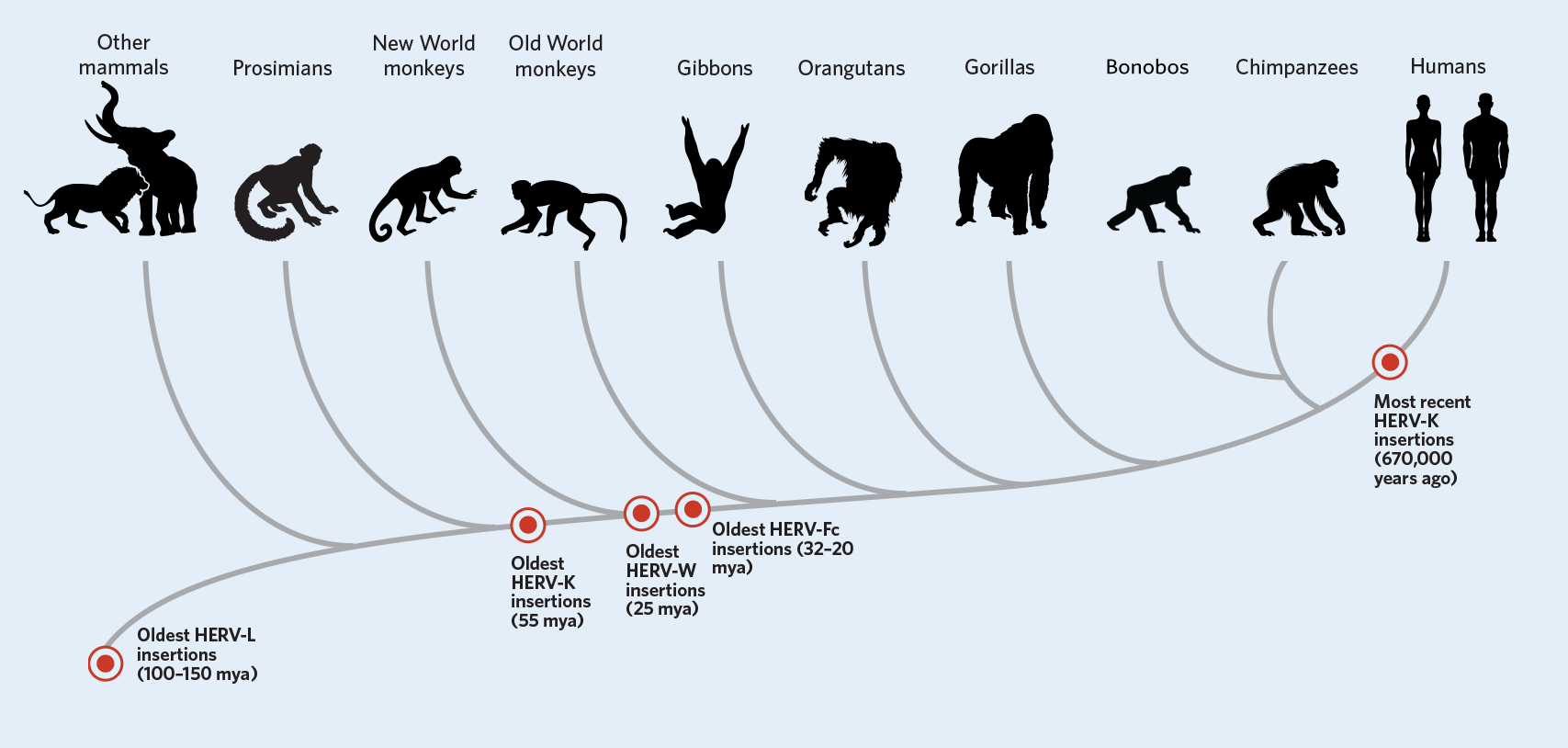Genetic engineering, also called genetic modification or genetic manipulation, is the direct manipulation of an organism's genes using biotechnology. It is a set of technologies used to change the genetic makeup of cells, including the transfer of genes within and across species boundaries to produce improved or novel organisms. New DNA is obtained by either isolating and copying the genetic material of interest using recombinant DNA methods or by artificially synthesising the DNA. A construct is usually created and used to insert this DNA into the host organism. The first recombinant DNA molecule was made by Paul Berg in 1972 by combining DNA from the monkey virus SV40 with the lambda virus. As well as inserting genes, the process can be used to remove, or "knock out", genes. The new DNA can be inserted randomly, or targeted to a specific part of the genome.[1]
An organism that is generated through genetic engineering is considered to be genetically modified (GM) and the resulting entity is a genetically modified organism (GMO). The first GMO was a bacteriumgenerated by Herbert Boyer and Stanley Cohen in 1973. Rudolf Jaenisch created the first GM animal when he inserted foreign DNA into a mouse in 1974. The first company to focus on genetic engineering, Genentech, was founded in 1976 and started the production of human proteins. Genetically engineered human insulin was produced in 1978 and insulin-producing bacteria were commercialised in 1982. Genetically modified food has been sold since 1994, with the release of the Flavr Savr tomato. The Flavr Savr was engineered to have a longer shelf life, but most current GM crops are modified to increase resistance to insects and herbicides. GloFish, the first GMO designed as a pet, was sold in the United States in December 2003. In 2016 salmon modified with a growth hormone were sold.
Genetic engineering has been applied in numerous fields including research, medicine, industrial biotechnology and agriculture. In research GMOs are used to study gene function and expression through loss of function, gain of function, tracking and expression experiments. By knocking out genes responsible for certain conditions it is possible to create animal model organisms of human diseases. As well as producing hormones, vaccines and other drugs, genetic engineering has the potential to cure genetic diseases through gene therapy. The same techniques that are used to produce drugs can also have industrial applications such as producing enzymes for laundry detergent, cheeses and other products.
The rise of commercialised genetically modified crops has provided economic benefit to farmers in many different countries, but has also been the source of most of the controversy surrounding the technology. This has been present since its early use; the first field trials were destroyed by anti-GM activists. Although there is a scientific consensus that currently available food derived from GM crops poses no greater risk to human health than conventional food, GM food safety is a leading concern with critics. Gene flow, impact on non-target organisms, control of the food supply and intellectual property rights have also been raised as potential issues. These concerns have led to the development of a regulatory framework, which started in 1975. It has led to an international treaty, the Cartagena Protocol on Biosafety, that was adopted in 2000. Individual countries have developed their own regulatory systems regarding GMOs, with the most marked differences occurring between the US and Europe.
https://en.wikipedia.org/wiki/Genetic_engineering
Mol Pathol. 2003 Feb; 56(1): 11–18.
Demystified . . . Human endogenous retroviruses
Human endogenous retroviruses (HERVs) are a family of viruses within our genome with similarities to present day exogenous retroviruses. HERVs have been inherited by successive generations and it is possible that some have conferred biological benefits. However, several HERVs have been implicated in certain cancers and autoimmune diseases. This article demystifies these retroviruses by providing an insight into HERVs, their means of classification, and a synopsis of HERVs implicated in cancer and autoimmunity. Furthermore, the biological roles of HERVs are explored.
- HERV-K viruses colonized the genomes of ancient primates as early as 55 million years ago (mya). Many of the youngest and most preserved elements, such as those in the HERV-K (HML-2) group, can produce viral proteins and have been linked to ALS.
- The HERV-W group, which invaded the genome starting around 25 mya, was first detected in multiple sclerosis patients and named MS-associated retrovirus (MSRV) for its connection to the myelin-degenerating condition.
- HERV-Fc, the youngest member of the HERV-F viruses, integrated into the genome more than 20 mya and has also been linked with multiple sclerosis.
- HERV-L elements have been detected in all placental mammals, and are thought to have integrated between 100 million and 150 mya. They represent the oldest HERVs in the human genome, are not known to produce any proteins, and so far have not been linked to disease.

No comments:
Post a Comment